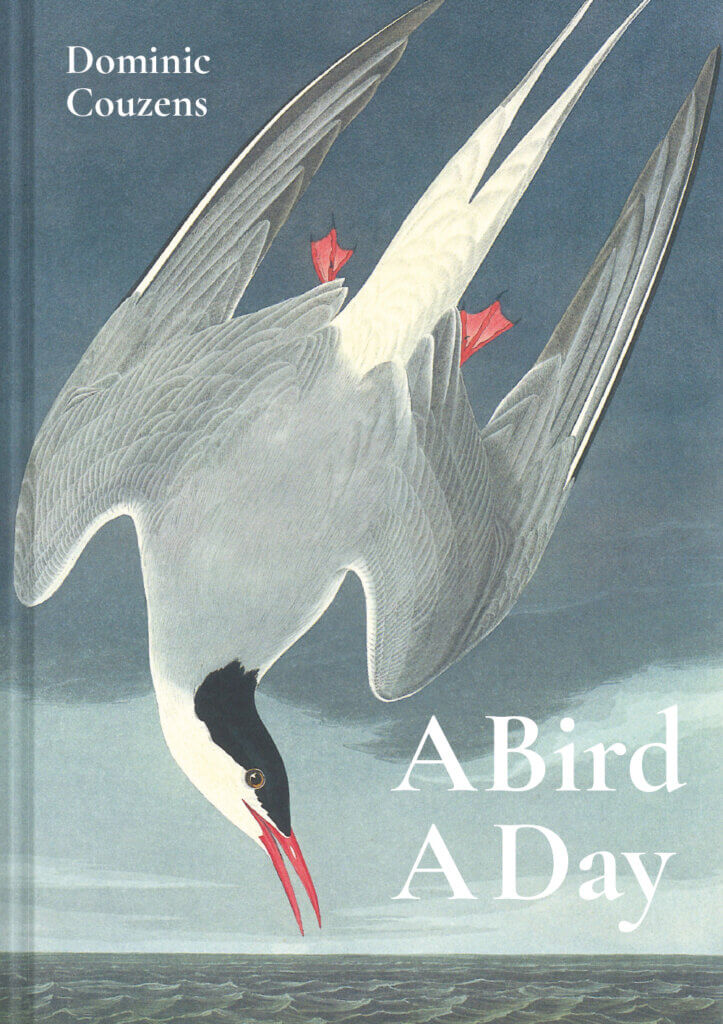
You can’t go wrong if you slap a gorgeous Audubon on the front of your book and this Arctic Tern is one of my favourites (see p77 Remarkable Birds, which also has an Audubon on its cover). It’s a good start and there are more Audubons sprinkled through the 368 pages of this attractive and engaging book.
The model is indeed simple, there are 366 bird species, one a day even for a leap year, and each is shown in a photograph or drawing with some accompanying words. And you start with a Red-crowned Crane and end with a Jackdaw.
The images are very good, and well-reproduced in these pages. Photographs outnumber drawings and paintings by about two to one and the mix works well. All are in colour. Some of the photographs are stunning and some are given a whole page with a page of text facing them, which means that others are about half a page but they all work well on the page. The examples of artwork are pretty good too, with some very attractive examples although I would have liked a slightly wider variety of styles. There are several more Audubons scattered through the text and these are chosen well but there are few examples of modern excellent artists which I guess is dictated by costs. But wherever you open the pages you will find a clean attractive, well-designed spread of glorious birds and accompanying text.
So what of the text? It’s good. The word-count per species varies between c50 and a few hundred words. Can you say enough of interest in 50 words? It’s a challenge, but Dominic Couzens pulls it off well. The species accounts vary well through the book covering a variety of perspectives from folk lore to biology. I learned a lot, and even something about Bee-eaters (a species I studied for six years) in these pages.
The choice of species must have been driven by the available images but also by the areas where such a book is most likely to sell, so there are many European and North American species but there is a very good variety. I’ve seen just over a third of the species in the book in the UK which illustrates the non-random selection but, for me at least, this made the book a good mixture of very familiar and somewhat unknown species.
How are the species allocated to days of the year? The species for 1 September and 25 December were fairly easy choices but I knew nothing of the White-eyed River Martin until I arrived at the appropriate 28 January. If I had been born a day earlier I would have been a Burrowing Owl, a day later a Dunnock, but I’m glad to be a Great Bustard! The choice for 14 February is good.
This is an attractive book to look at and an interesting one to read. It would make a very good Christmas present for just about anyone who is interested in birds, whatever their level of knowledge.
A Bird A Day by Dominic Couzens is published by Pavilion.
[registration_form]
The book sounds very good. Might even ask for it for Christmas.
Great Bustard eh? It’s certainly a magnificent bird!
I went to see the Great Bustards on Salisbury Plain – long before our lives changed
Julain – thank you for your first comment here.
yes, I’ve seen them there a few times, the best was close to Stonehenge when I was driving and a small group of males flew past. What a sight!